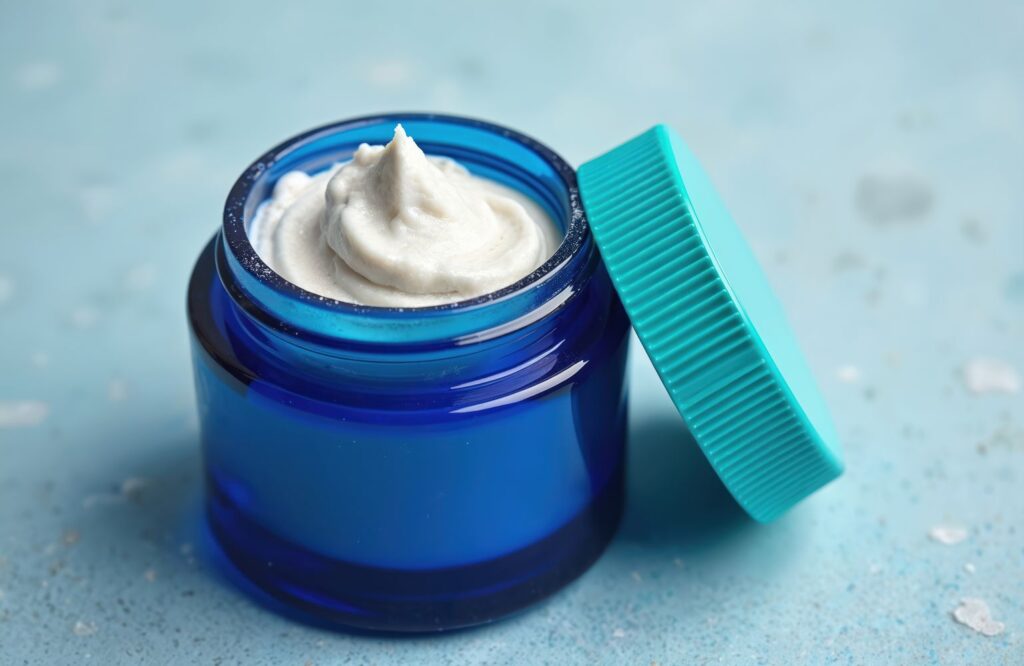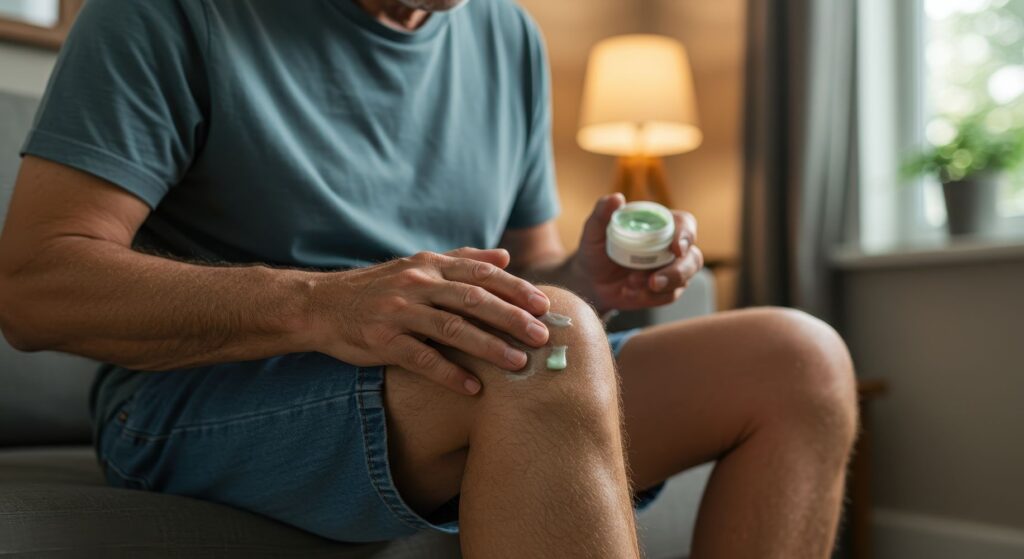 Recovering after an intense workout is just as crucial as the exercise itself. Muscle soreness, stiffness, and joint discomfort are common post-workout challenges that can hinder performance and delay progress. While stretching, hydration, and proper nutrition play vital roles in recovery, incorporating a pain relief cream into a post-workout regimen can help enhance overall recovery.
Recovering after an intense workout is just as crucial as the exercise itself. Muscle soreness, stiffness, and joint discomfort are common post-workout challenges that can hinder performance and delay progress. While stretching, hydration, and proper nutrition play vital roles in recovery, incorporating a pain relief cream into a post-workout regimen can help enhance overall recovery.
Below are the benefits of adding a pain relief cream to your post-workout plan:
Targeted Relief for Muscle Soreness
Delayed onset muscle soreness (DOMS) occurs due to microscopic muscle damage from strenuous exercise, typically peaking 24 to 72 hours post-workout. This soreness can impair movement and delay recovery. Pain relief creams can help combat DOMS by directly delivering active ingredients like menthol, camphor, or arnica to affected muscles, providing deep, targeted relief. Unlike oral medications, topical treatments can minimize systemic absorption, reducing the risk of digestive or liver-related side effects while easing discomfort.
Applying pain relief creams post-workout can deliver active ingredients directly to fatigued muscles, promoting relaxation and easing tension. Their anti-inflammatory properties can help reduce swelling, while stimulating agents like capsaicin enhance blood flow to flush out toxins. This localized treatment can speed up muscle repair, shorten recovery time, and support workout consistency by minimizing discomfort between training sessions, keeping fitness progress on track.
Therefore, if you’re seeking an effective option for muscle soreness, exploring a high-quality pain relief cream can be a game-changer in achieving fitness goals with minimal discomfort.
Reduction of Inflammation and Swelling
Intense workouts can create microscopic muscle fiber damage, prompting inflammation that aids repair but can cause prolonged stiffness if excessive. Pain relief creams can address this with targeted anti-inflammatory compounds or synthetic options like ibuprofen block pain signals, while natural ingredients such as turmeric (curcumin) and aloe vera soothe tissues. These formulations can help regulate your body’s inflammatory response, reducing swelling and discomfort without interfering with your muscle’s natural recovery and strengthening process.
Typically, targeted pain relief creams work directly on inflamed muscle tissue by easing stiffness and interrupting the body’s inflammatory response. This can help accelerate repair processes, allowing you to recover quicker between demanding workouts. By minimizing downtime from soreness, these topical solutions can support consistent high-intensity training while helping maintain peak performance levels over time which is critical if you have a rigorous fitness regimen.
Enhanced Blood Circulation for Faster Recovery
Optimal blood circulation can help your post-workout recovery by transporting oxygen and essential nutrients to exhausted muscles while removing metabolic byproducts. Pain relief creams containing vasodilators like capsaicin can create a warming effect that expands blood vessels and enhances this circulatory process. This accelerated blood flow removes lactic acid and other fatigue-inducing compounds more efficiently, significantly decreasing muscle soreness and shortening recovery windows between training sessions for better performance consistency.
Furthermore, consistent application of pain relief creams can enhance recovery by continuously reducing inflammation and improving circulation to fatigued muscles. This proactive approach can help you maintain peak physical condition with less downtime between sessions. By minimizing cumulative soreness, you can experience better workout performance, increased training frequency, and more consistent progress toward your fitness goals without being sidelined by persistent muscle discomfort.
Non-Invasive and Convenient Application
Pain relief creams can provide a practical, needle-free alternative to oral painkillers or clinical treatments for exercise-induced soreness. Their topical formulation can enable direct application with massaging motions simultaneously stimulating blood flow and easing muscle tightness. Compact, travel-friendly packaging allows you to keep these creams readily available in your workout gear. This can offer immediate relief wherever training occurs from gym floors to competition venues, without requiring water or special equipment for administration.
Supported Joint Health and Mobility

Repetitive stress from weight training, running, or jumping can typically lead to joint wear-and-tear, causing stiffness and reduced range of motion. Advanced pain relief creams infused with joint-nourishing compounds like glucosamine sulfate and chondroitin can penetrate deep into connective tissues, where they can help rebuild cartilage and enhance synovial fluid production. This restorative action can help ease existing joint pain/discomfort and create protective cushioning to prevent future damage during explosive movements or heavy lifts.
Minimized Dependency on Oral Painkillers
Repeated consumption of oral Nonsteroidal anti-inflammatory drugs (NSAIDs) like ibuprofen may cause stomach ulcers, kidney stress, or liver complications with prolonged use. Targeted topical therapies can bypass these risks by acting locally, such that the analgesic compounds absorb through the skin to block pain signals at the source rather than processing through organs. This precision delivery system can provide comparable relief for workout-induced aches while eliminating systemic exposure, making them ideal for regular post-exercise recovery without compromising internal health.
Improved Sleep Quality
Inflammation and discomfort from intense training often trigger restless nights, interrupting crucial Rapid Eye Movement (REM) cycles, where most of the muscle repair occurs. Pain relief creams infused with natural sedatives like lavender essential oil (linalool) and eucalyptus can work dual roles. For instance, their analgesic properties can ease physical soreness, while aromatherapeutic compounds can activate parasympathetic nervous responses.
This synergistic effect can lower heart rate and cortisol levels, transforming post-workout tension into the biological calm necessary for Stage III deep sleep, where human growth hormone is released optimally for tissue regeneration.
Conclusion
With the information mentioned above in mind, incorporating a pain relief cream into a post-workout plan offers numerous benefits, from reducing muscle soreness and inflammation to enhancing blood circulation and joint health. With their targeted, non-invasive application, these creams can provide a practical solution for faster recovery and improved performance.
